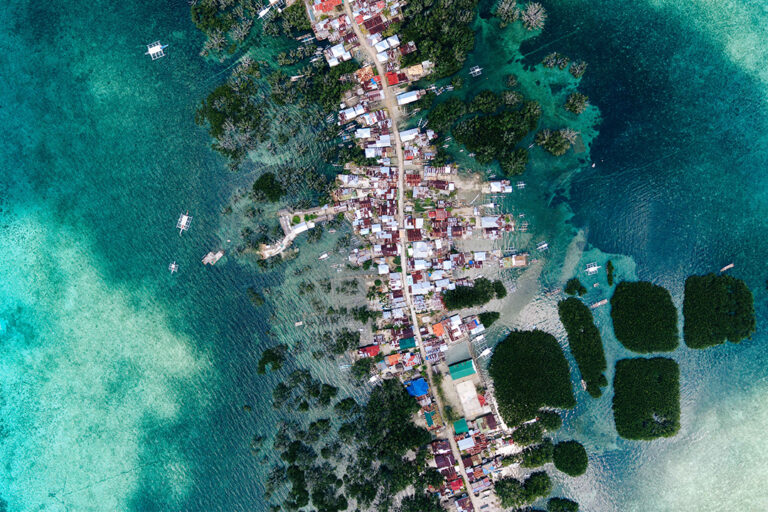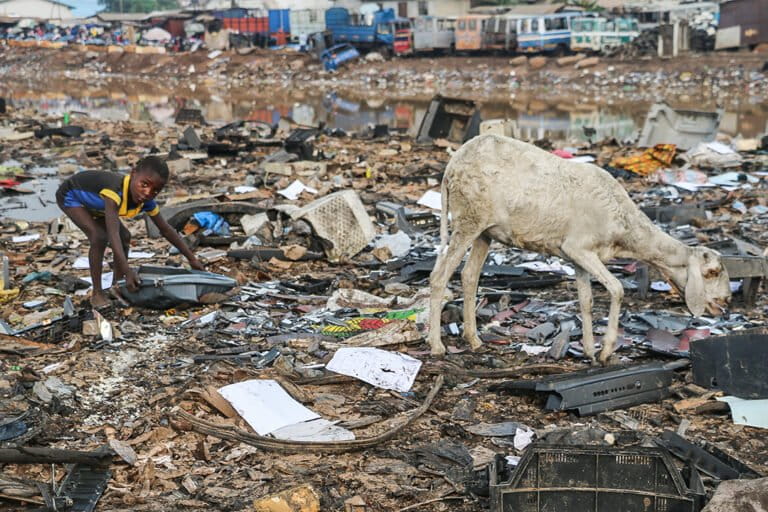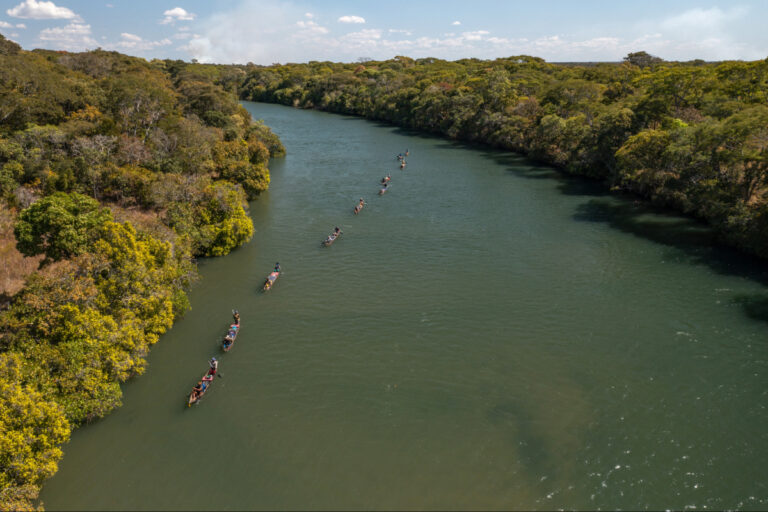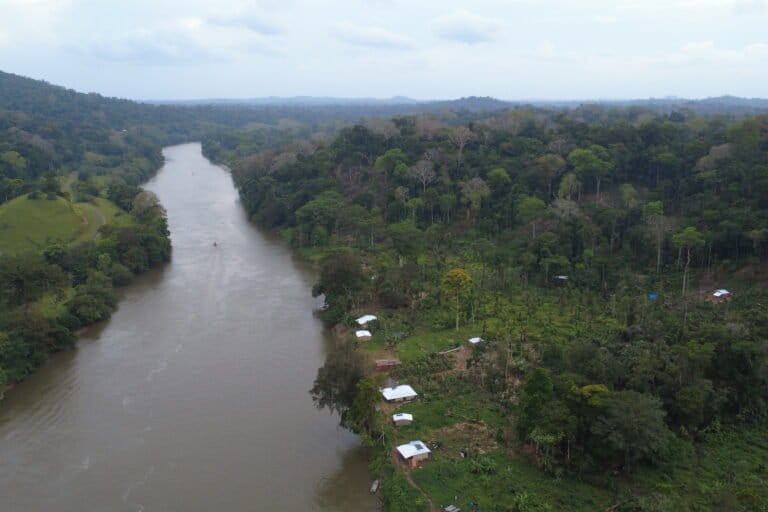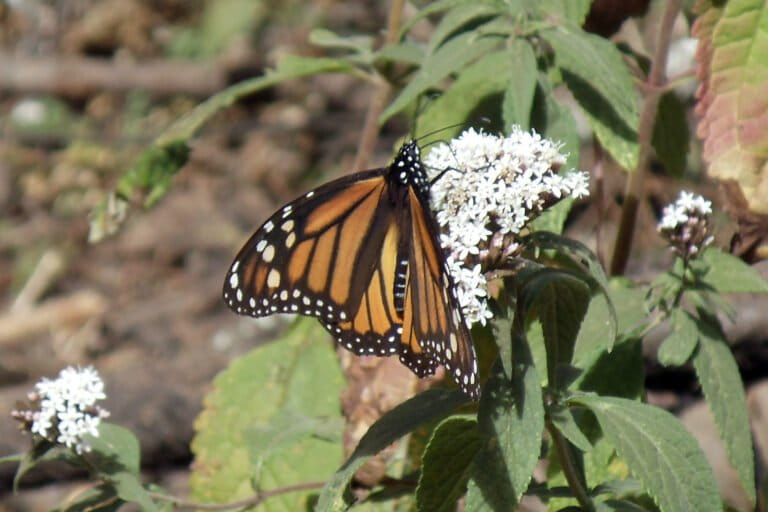- A recent report from Mighty Earth shows that approximately 26,901 hectares (66,473 acre) suffered deforestation and forest degradation in the Cerrado between last September and December, while 30,031 hectares (74,208 acres) were affected in the Amazon.
- Mighty Earth, in partnership with AidEnvironment and Repórter Brasil, are monitoring short-term soy and cattle ranching activities contributing to deforestation, aiming to highlight recent forest loss cases every three months.
- The report called for improved regulations that protect savanna biomes like the Cerrado, not just the Amazon Rainforest.
Deforestation from soy continues to spread through Brazil’s Cerrado and Amazon Rainforest, with satellite readings showing new areas of forest loss from as recently as last December, a new study shows.
There were approximately 26,901 hectares (66,473 acre) of deforestation and forest degradation in the Cerrado between last September and December, while the Amazon saw around 30,031 hectares (74,208 acres), according to a report from the environmental group Mighty Earth. All of it is located near grain silos used by the seven biggest soy traders in Brazil.
“We’re trying to make connections in the supply chain and tell traders that they must stop sourcing from these farms because they potentially are going to sell them soy that’s sourced from deforestation,” said Mighty Earth senior advisor Mariana Gameiro.
The organization partnered with AidEnvironment and Repórter Brasil to monitor short-term deforestation and degradation linked to soy and cattle ranching activities through satellite imagery, with the goal of releasing case studies every three months highlighting recent forest loss. The groups’ analysis has the ability to distinguish between clearcutting, mining, logging and fires, among other activities.
This time, their report provided case studies for soy farms within 50 kilometers (31 miles) of silos connected to major international soy traders, and in some cases revealed emerging trends about the expanding agricultural frontier.

In the Cerrado, a concerning number of deforestation alerts appeared in states like Bahia, Tocantins, Piauí and Maranhão, the report said. Some of these states produce low quantities of soy compared to other parts of the country yet had a disproportionately high number of deforestation alerts, suggesting that the agricultural frontier could be advancing in those areas.
For example, although Tocantins produces only about 3% of Brazilian soy, it accounted for 18% of all deforestation alerts over the last three months of 2023.
The Cerrado biome, a massive savanna stretching over 2 million square kilometers (789,578 square miles) across central Brazil, has experienced increasing deforestation in recent years even as figures have dropped in the neighboring Amazon.
“By absolute numbers, deforestation in the Amazon is still higher,” Gameiro said. “But when you compare the size of both of the biomes you can see that the problem is much more serious in the Cerrado.”
In the Amazon, the highest rates of deforestation were in Mato Grosso, the state that produces the most soy anywhere in the country, according to the Brazilian Institute of Geography and Statistics. The state had around 77% of the deforestation alerts detected between October and December.

Pará state also had a high number of deforestation alerts despite only producing 2.3% of the country’s total soy.
Many of these states provide soy products to European countries like France, Spain and the U.K. Some traders that Mighty Earth contacted — including Amaggi, Cargill, Bunge, ADM, Cofco, LDC, and ALZ Grãos — confirmed they don’t have links to the farms while others said they were investigating.
“[We call on these companies] to promptly disclose the origin of their soy products from Brazil on a public platform, including lists of all their direct and indirect suppliers, with the proportion of soy sourced from a verified Zero Deforestation and Conversion-free (ZDC) supply chain,” the Mighty Earth report said.
One of the strongest international regulations protecting against deforestation is the EU deforestation-free products regulation (EUDR). It requires traders to prove their products haven’t been sourced to illegally deforested land. The EUDR and other regulations appear to be working in the Amazon, which saw over a 50% drop in deforestation last year, according to Brazil’s National Institute for Space Research.
But regulations need to be updated and expanded to include other types of forests like the Cerrado, Gameiro said. The Cerrado acts as an “upside down forest,” whose root systems are as important for carbon sequestration as the Amazon.
“While much of the Amazon is protected, that’s not the case with its neighbor, the Cerrado. As a savannah it’s classed as ‘Other Wooded Land’ and doesn’t have the level of protection that a tropical forest has,” she said. “To save the Cerrado, and stop the deforestation driven by the meat industry, it needs greater legal protection.”
Banner image: A soy processing plant. Photo courtesy of France24 Brésil.
FEEDBACK: Use this form to send a message to the author of this post. If you want to post a public comment, you can do that at the bottom of the page.
See related from this reporter:
Ten years since anti-deforestation pledge, corporate world still not doing enough







